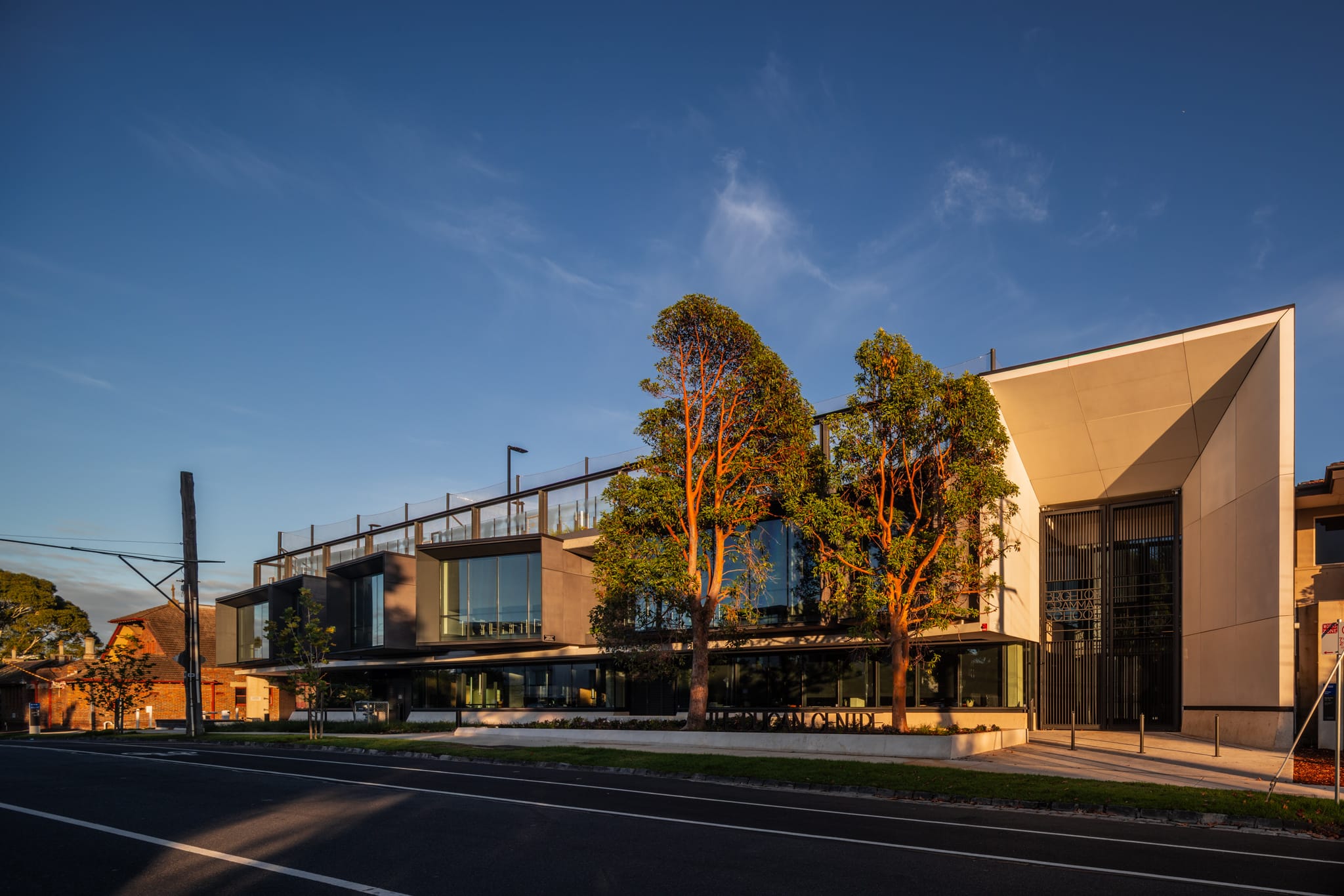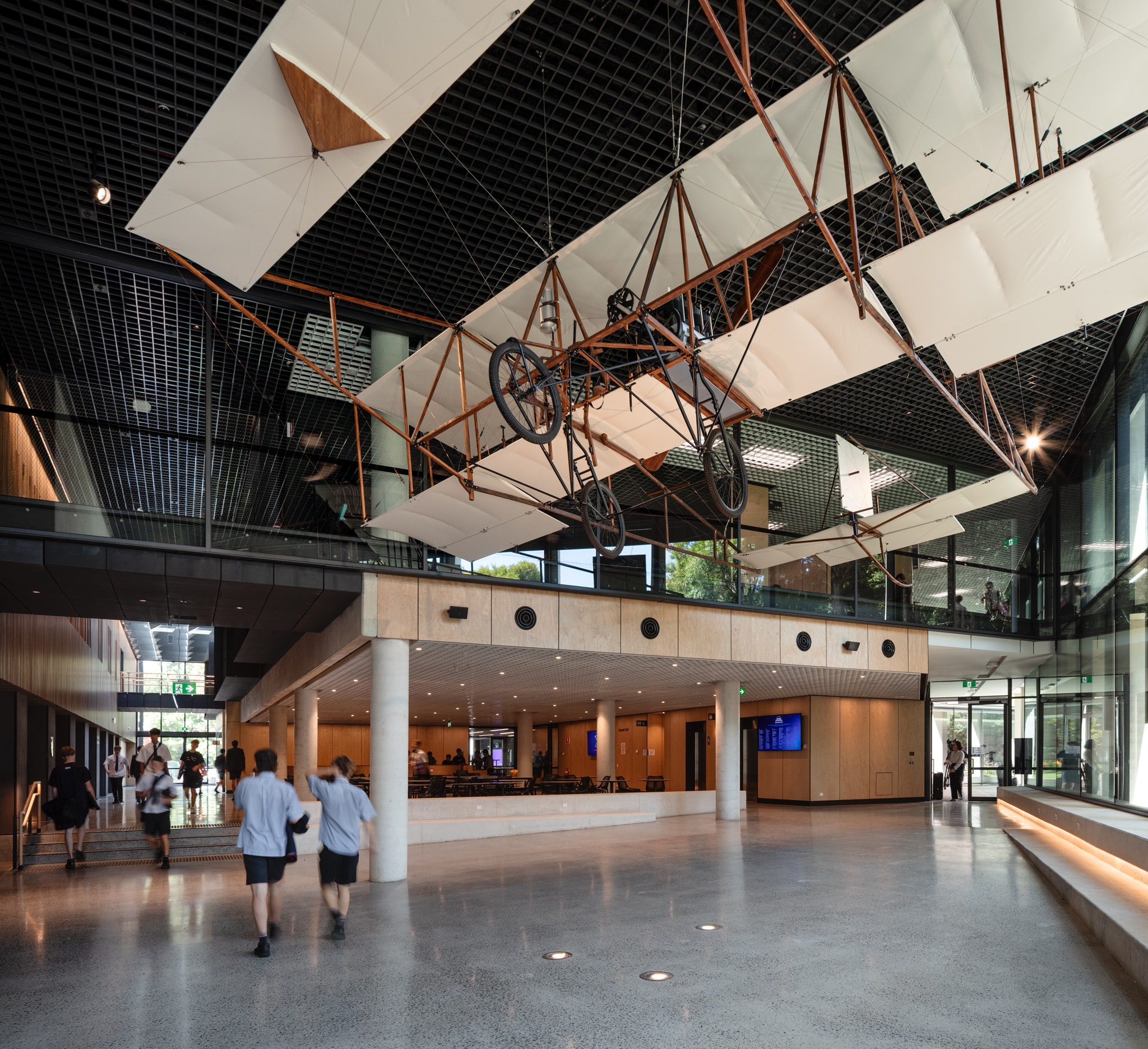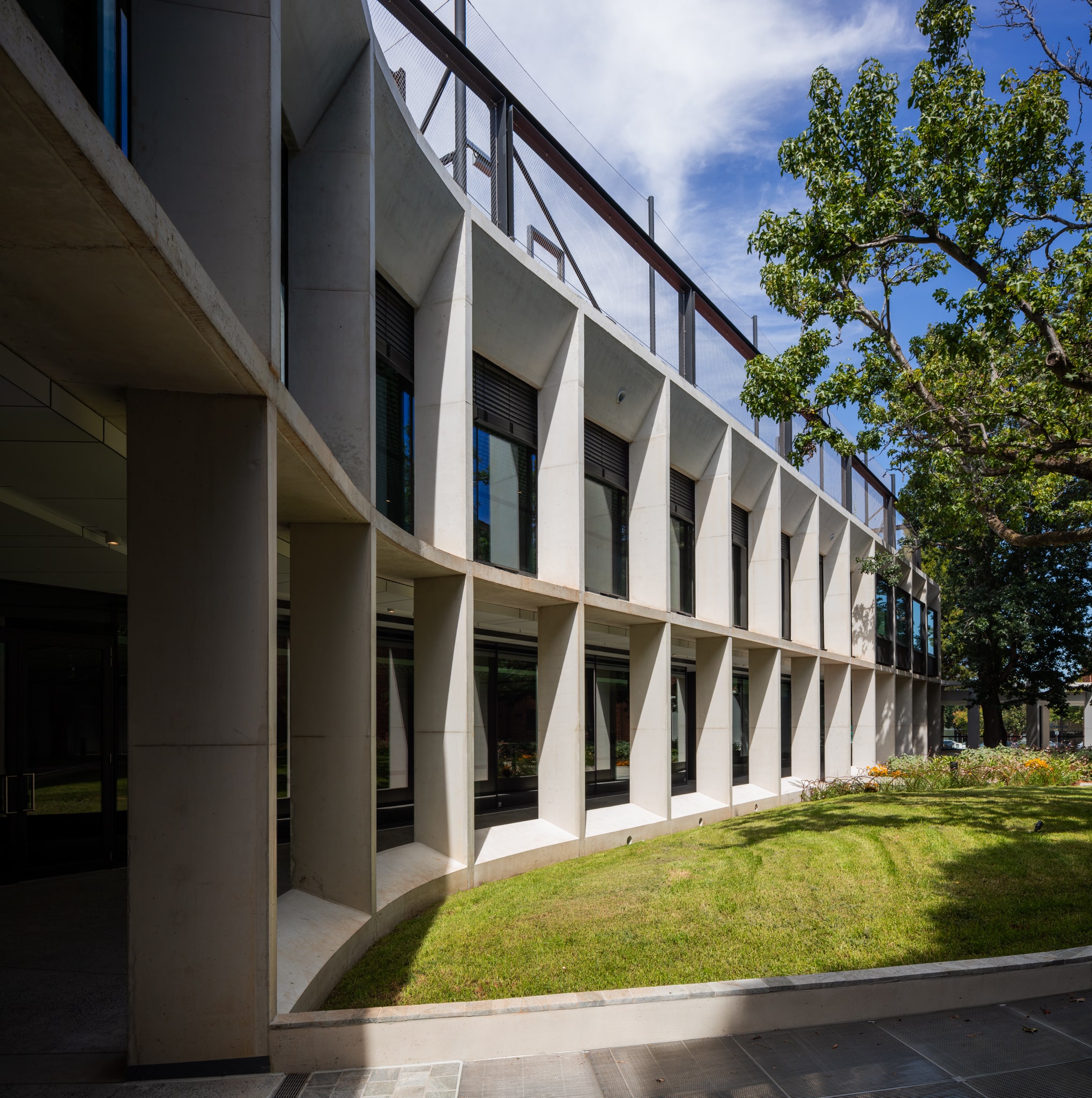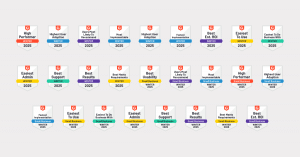Between growing compliance demands, tighter budgets, and shifting client expectations, engineering firms are facing more pressure than ever to deliver projects efficiently and effectively. So how are leading teams adapting to this complexity while continuing to meet client needs?
We spoke with Lincoln Merlo, Executive Director and Engineer at erbas™ | erbas™ SUSTAIN, and member of the Blueprint Collective, to learn how his team is navigating new challenges and adapting to rising client expectations.
How have you seen client expectations shift over the past year?
The pressure to do more for less. That expectation isn’t new, but it’s become more pronounced. At the same time, the level of complexity in our work keeps rising. For engineers, it’s not just about technical delivery anymore. It’s about navigating a growing number of compliance requirements, safety regulations, and client pressures, all while staying profitable.
What’s making things feel more complex on your end?
A lot of it comes from updates to the National Construction Code (NCC) here in Australia. For example, fire protection and energy efficiency requirements have become more demanding. Electric vehicle chargers, especially those using lithium batteries, are a higher safety risk—they’re highly combustible and difficult to extinguish. We’ve had to introduce things like special isolators at the main switchboard and connections to the fire indicator panel so they can be shut down in an emergency.
These requirements, along with several others add layers of complexity to our design work. We’re constantly needing to skill up just to stay compliant. It’s not that clients don’t care, but they often don’t see how much more work is happening behind the scenes.
Do you find that clients are generally aware of how much work goes into meeting these evolving requirements?
Some do, especially architects and building certifiers. But with end clients or developers, there can be a real disconnect. One example: I was working with a client on a site affected by a bushfire overlay. They didn’t want to get bogged down in navigating the bushfire regulations or coordinating with the fire brigade. They just wanted to move forward quickly, so they chose a more straightforward path to keep the project on track. I understood their priorities, but that decision came with additional costs.
It was a good reminder that having those early conversations about regulations and compliance pathways can help avoid surprises later on. When teams take the time to walk through the different options, what they involve, what they cost, and how they impact timelines. It gives clients a clearer understanding and helps everyone make more informed decisions.
How do you and your team stay on top of all these changes?
It can be challenging. Often, the industry doesn’t have sufficient time to adapt before new regulations take effect. Take Section J of the National Construction Code, which addresses energy efficiency in commercial buildings. When the latest version was introduced, it brought significant changes. Recognizing the industry’s need to adjust, some states provided an 18-month transition period to allow professionals to familiarize themselves with the new requirements.
Despite this, many projects hadn’t yet implemented the updated code, leading to uncertainty about its application. While there are opportunities for professionals to provide feedback during the review process, participation is often limited.
How is technology helping you better meet client expectations and project demands?
We’ve leaned into automation, especially around energy modelling and early-stage building performance studies. That helps us provide early feedback to architects on how to optimise performance before we get too far down the track. We’ve also grown our digital team to take on more Building Information Modeling (BIM) work. That investment has helped us respond to client expectations around faster delivery, 3D coordination, and energy performance. By strengthening our team in-house, we’re able to provide early, informed input, something clients increasingly rely on to make timely, cost-effective decisions.
Do you think we’ll start to see smaller teams as tech plays a bigger role?
I think we might. Automation is already saving time with things like ductwork and sprinkler design. The real differentiator moving forward will be how firms balance automation with human insight. Clients still want value. They want partners who bring smart ideas to the table, not just box-checkers. The firms that strike that balance will be the ones that thrive.
What does a great client experience look like these days?
For me, it comes down to four things:
1. On budget
2. On time
3. Fun to work on
4. All stakeholders’ needs are met
That doesn’t sound revolutionary, but it’s harder than it seems. When the project flows and there’s trust on both sides, that’s when the magic happens.
What’s one piece of advice you’d share with other firms trying to keep up with changing demands?
Build strong relationships. Get to know how your clients work and what matters to them. That way, you can anticipate their needs before they even raise them. That’s where the value is. Be proactive, not reactive.
Final Thoughts
The firms adapting best to today’s challenges aren’t just embracing new tools, they’re staying closely aligned with what clients need. It takes clear communication, early guidance, and the ability to navigate complex requirements without losing sight of the bigger picture. The real differentiator isn’t just automation or compliance know-how, it’s helping clients move forward with confidence, even when the path isn’t simple.
About erbas™
Proudly Australian-owned, erbas™ | erbas™ SUSTAIN deliver integrated sustainability, well-being & engineering solutions across diverse sectors, including education, residential, commercial, workplace, health, retirement living, industrial, rail, community, sports, leisure, government, and mission-critical developments.
Since 1997, our multidisciplinary team has partnered with clients to provide innovative, compliant, and functional design solutions.
Our engineering division specialises in mechanical, electrical, hydraulic, fire protection, and vertical transport systems – offering engineering consultation, design, and documentation to streamline project delivery.
At erbas™ SUSTAIN, we empower organisations to integrate sustainability and well-being into their built environments. With a unique blend of academic expertise and engineering insight, we develop evidence-based solutions that align with your strategic goals and deliver lasting impact.
Featured Project
Brighton Grammar School: The Duigan Centre

The project, designed by renowned firm Architectus, combined building and landscape to bring together the Parish community of St Andrew’s Church and the school community, by creating physical connections between their respective endeavours of worship, education and recreation.

The Duigan Centre project included the demolition of the existing church tennis club and school science wing to establish a new basement carpark, two levels of connected learning, maker spaces, labs, canteen and parish facilities and, incredibly, a three-court roof top tennis facility complete with club house for the parish tennis club.

About Linc Merlo
Linc is an Executive Director at erbas™ | erbas™ SUSTAIN, leading the Victorian offices, sustainability team and core board functions. With 20 years in building services engineering and sustainability consulting, he blends vision with practicality, spotting trends, seizing opportunities, and building successful teams.
Skilled in strategy, delegation, and collaboration, Linc drives efficient execution while fostering trust and loyalty among staff, clients, and peers. His focus on talent development and strong relationships ensures repeat business and industry recognition.
A Chartered Professional Engineer, Linc is recognised locally and internationally across multiple disciplines.
The Blueprint Collective: A Community for A&E Innovators
Lincoln Merlo and this article are part of the Blueprint Collective, a free, members-only content program that highlights top architecture and engineering firms. We do all the work, you get all the credit.
Each month, we interview you for 30 minutes, then write, design, and promote custom content about your firm. You’ll get beautifully branded materials, backlinks, and social promotion, all with full approval rights. It’s free PR, real thought leadership, and zero lift on your part. Learn how to join the Blueprint Collective here.




